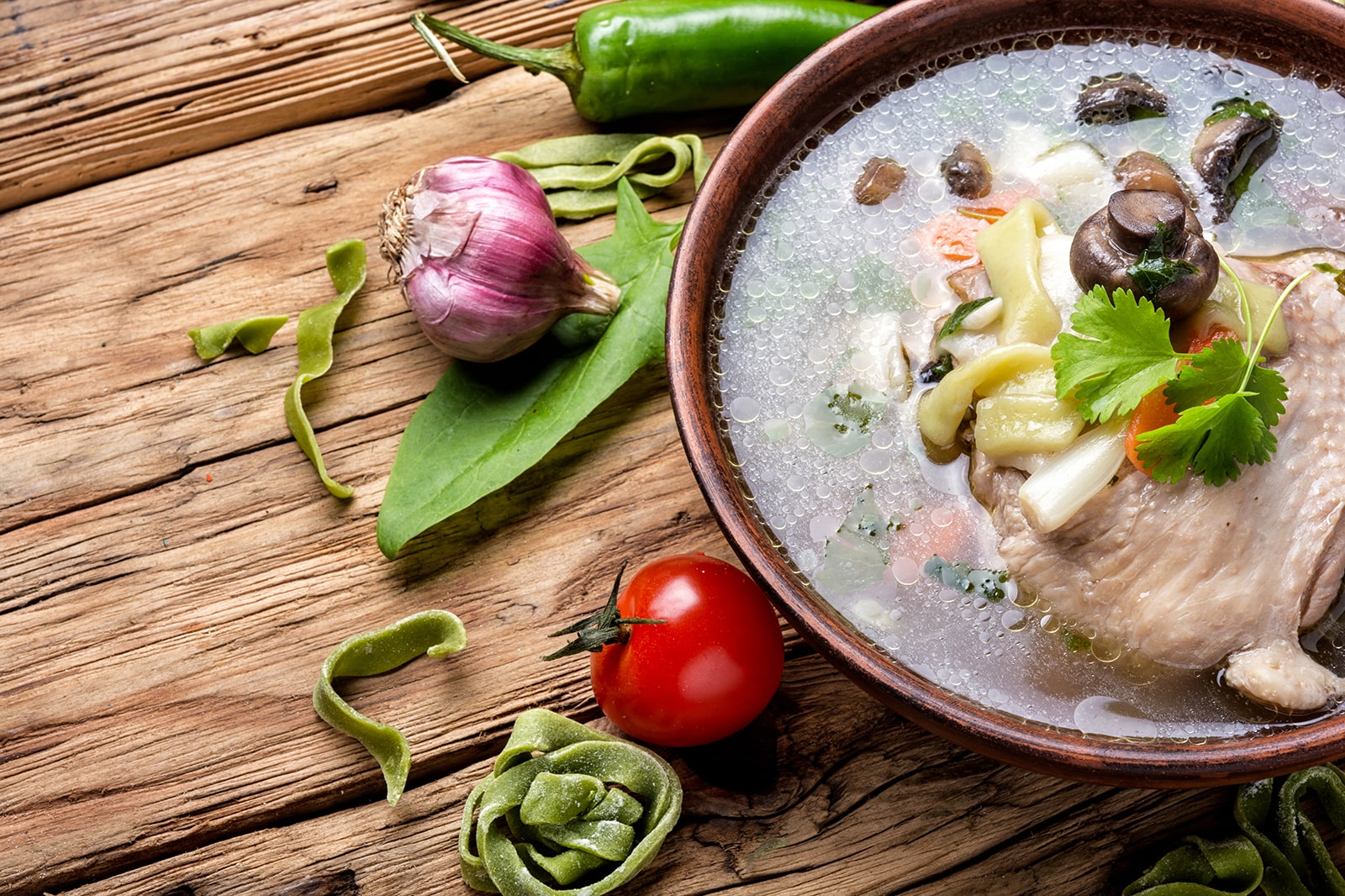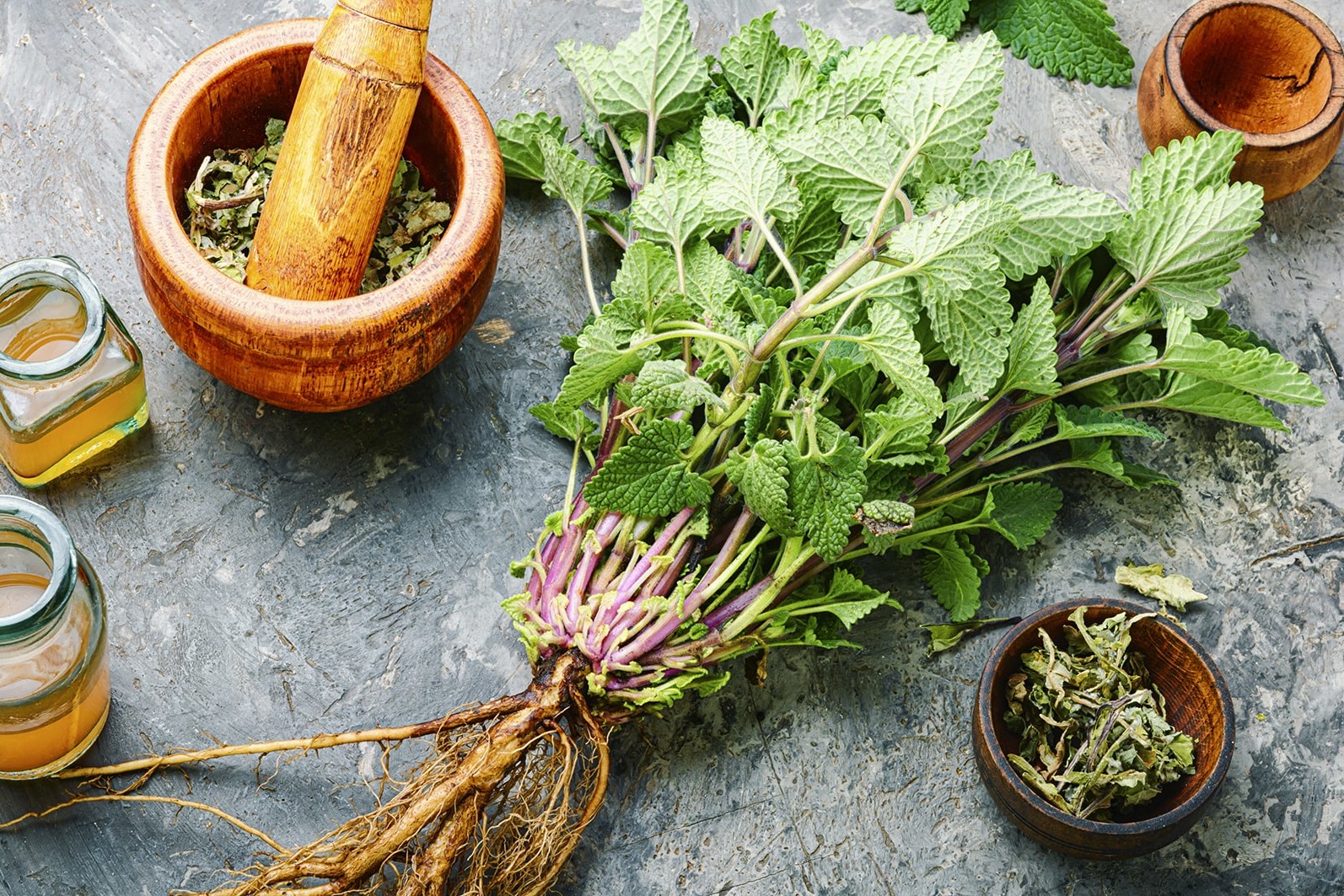What’s the deal with eating the rainbow?
A phrase you’ve no doubt heard thrown around – it’s cute and catchy, but it’s also being adopted by the likes of Harvard Medical School, Tufts Friedman School of Nutrition Science and Policy, and even the American Heart Association (AHA) to name a few notable institutions.
The phrase refers to consuming a variety of produce – including fruits, vegetables, culinary herbs, legumes, grains, nuts and seeds – in a way to maximize the variety of colors consumed. This is because the phytonutrients responsible for the color pigmentation have been associated with a long list of health benefits.
In fact, a 2022 review on consuming “the rainbow” demonstrated significant improvements in health benefits related to:
- Body weight
- Lipid profile (cholesterol)
- Inflammation
- Cardiovascular disease
- Type 2 diabetes
- And even cancer and all cause mortality.
The authors concluded that benefits were associated with multiple color pigments – for example blue and purple foods containing compounds called proanthocyanidins have particularly powerful neurological protection. However, they go on to show that color variety may confer additional synergistic benefits.
In other words it’s great to get certain colors in for certain health benefits, but we should spend our energy on getting as many shades and hues into our routine on a weekly basis as possible to maximize on the synergistic health benefits.

Examples of pigments and polyphenols associated with various health benefits. Image adapted from Blumfield M et al. Molecules. 2022 Jul; 27(13): 4061. PMID: 35807307
Health Benefits Associated with “Eating the Rainbow”
Part of the “magic” of the benefits of the concept of eating a diverse range of colorful fruits and vegetables (F/V) comes down to synergy. Focusing on diversity has been shown to be crucial for promoting optimal gut health, supporting a thriving microbiome, and maintaining overall metabolic well-being.
Why Eat the Rainbow?
The concept of “Eating the Rainbow” offers a visual representation to communicate the goal and therefore is a simple yet effective way to ensure you’re getting a wide range of benefits.
Let’s take a moment to introduce Phytochemicals or Phytonutrients – interchangeable terms referring to natural chemical compounds produced by plants. There are thought to be tens of thousands of them (the graphic shows some of the classifications, but we don’t quite know many of them yet!).
Phytonutrients are generally produced by plants to help them resist plant infections and disease and to act as repellent to insects and other animals. These phytonutrients include various categories of compounds that in turn have health benefits on us.
In part, consuming different colorful foods can be beneficial because it ensures we’re consuming different combinations and types of antioxidants, vitamins, and minerals, fibers – but the mega-power is it also maximizes on the synergistic potential of thousands of beneficial phytonutrients. Therefore, by consuming a variety of colors and aiming for the rainbow, you’re nourishing your body with diverse nutrients it needs to thrive.

Classification of the main phytonutrient families adapted from Monjotin N. et al. Nutrients. 2022;14(9):1712. PMID: 35565680
From the image, you can see how these compounds can get a little confusing to keep track of! Knowing that they contribute to plant colors, we can confidently say that by eating a variety of colors and focusing on “eating the rainbow” we can maximize these compounds in our weekly routine.
Let’s explore this in a little more detail
1. Microbiome Diversity
Eating a variety of colorful foods provides an array of nutrients that nourish different beneficial bacteria in the gut. Part of the benefit is increasing the quantity of fiber that naturally occurs when we focus more on confusing F/Vs along with the variety in the types of fibers.
These fibers feed the “gut bugs” and promote their resilience and diversity and the production of beneficial by-products like short chain fatty acids (SCFA). Polyphenols are also associated with similar benefits on an even more significant scale (consider that there are potentially tens of thousands of polyphenols to work their magic). This diversity in the microbiome is linked to improved digestion, nutrient absorption, and a strengthened immune system.
2. Antioxidants and Anti-Inflammatory Compounds
Fruits and veggies are also full of antioxidants. These compounds neutralize harmful free radicals in the body, preventing oxidative stress – a process that is associated with chronic disease.
Oxidative stress occurs when there’s more free radicals and not enough antioxidants to neutralize them. This imbalance potentially leads to cellular damage and contributes to various health issues. Think of these antioxidant systems as the fire extinguisher putting out a grease fire caused by free radicals gone wild.
Many compounds act as antioxidants, for example vitamin C is a powerful and versatile antioxidant compound. Selenium is a mineral with both direct antioxidant activity, as well as indirect activity by helping make more antioxidant compounds – including glutathione the “master antioxidant.”
Phytonutrients such as flavonoids and carotenoids among others have direct “fire fighting” activity and are able to combat oxidative stress, reducing inflammation in the body, through various well-established mechanisms.
3. Mitochondrial Function
Mitochondria are the powerhouse of cells – think of them as “energy factories” – and their proper function is vital for energy production, immune regulation, cardiovascular, and neurological function, and our body’s natural detoxification pathways.
As a normal part of their “factory process,” mitochondrial function results in byproducts that bump up oxidative stress. Luckily, as we learned above, antioxidants from colorful foods play a role in maintaining mitochondrial health by protecting against oxidative damage. As long as enough antioxidants and phytonutrients are present, the mitochondria can continue to pump out energy molecules with minimal damage.
Maintaining healthy mitochondrial function ensures healthy immune response to infection as well as potential remission in autoimmune and allergic disease. It can also support hormone health, cardiovascular and brain health, protecting against degenerative disease.
4. Metabolic Health
Phytonutrients found in colorful foods have been associated with improvements in various contributors to metabolic health. They may influence factors such as insulin sensitivity and blood sugar regulation, lipid metabolism and cholesterol, contributing to overall metabolic well-being.
Consumption of diets with a variety of polyphenols such as resveratrol, beta-carotene, flavonols, lutein – to name a few – have been found to have direct impact on risk reduction of cardiometabolic disease risk factors. This includes hypertension, diabetes, heart health, and the number one driver of cardiovascular disease – inflammation.
Embracing the “Rainbow Challenge”
Hopefully you can see the benefits of eating the rainbow and you’re excited as we are to make this a sustainable lifestyle habit. Lasting changes don’t happen overnight, but I suggest that you gradually expand your intake of colorful foods over the next several weeks. To do that you can focus on:
- Embrace the Rainbow at every opportunity – breakfast, snacks, lunch and dinner. Very often we get into routines or habits that prevent us from maximizing our plant intake (sacrificing colorful variety along with it).
- Introduce at least one new colorful food weekly. Remember this can be fruits and veggies, as well as legumes, grains, nuts, seeds, and culinary and aromatic herbs and spices. For example trade out apples for pears, switch from baby spinach to arugula, or add cinnamon and almonds to your oatmeal.
- Diversify your plate, include at least two colors in each meal. Remember it’s not just about quantity or serving size, it’s about diversity! So instead of a cup of blueberries in your greek yogurt (which is already a great step), mix in ½ cup of blueberries and ½ cup of raspberries – add some walnuts for a bonus (yes beige/brown counts as a color!).
- Squeeze it in, get creative with new recipes that feature multiple colorful foods. For example smoothies and soups can help you sneak in more diverse ingredients. Or try making your own dips and dressings, tossing in a handful of greens or other veggies into your puree.
Looking for guided help to implement this eating system and make it sustainable? Join us for the 4-Week Rainbow Challenge. You can get started by getting your guide book here.
Download your FREE Rainbow Assessment
References
- McDonald D, Hyde E, Debelius JW, et al. American Gut: an Open Platform for Citizen Science Microbiome Research. mSystems. 2018;3(3):e00031-18. Published 2018 May 15. doi:10.1128/mSystems.00031-18. https://www.ncbi.nlm.nih.gov/pmc/articles/PMC5954204/
- Monjotin N, Amiot MJ, Fleurentin J, Morel JM, Raynal S. Clinical Evidence of the Benefits of Phytonutrients in Human Healthcare. Nutrients. 2022;14(9):1712. Published 2022 Apr 20. doi:10.3390/nu14091712. https://www.ncbi.nlm.nih.gov/pmc/articles/PMC9102588/
- Minich DM. A Review of the Science of Colorful, Plant-Based Food and Practical Strategies for “Eating the Rainbow” [published correction appears in J Nutr Metab. 2020 Nov 28;2020:5631762]. J Nutr Metab. 2019;2019:2125070. Published 2019 Jun 2. doi:10.1155/2019/2125070. https://www.ncbi.nlm.nih.gov/pmc/articles/PMC7770496/
- McDonald D, Hyde E, Debelius JW, et al. American Gut: an Open Platform for Citizen Science Microbiome Research. mSystems. 2018;3(3):e00031-18. Published 2018 May 15. doi:10.1128/mSystems.00031-18. https://www.ncbi.nlm.nih.gov/pmc/articles/PMC5954204/
- Nicolson GL. Mitochondrial Dysfunction and Chronic Disease: Treatment With Natural Supplements. Integr Med (Encinitas). 2014;13(4):35-43. https://www.ncbi.nlm.nih.gov/pmc/articles/PMC4566449/
You May Also Like...
Chicken Stock: Slow-Cooker Bone Broth Recipe
Slow-Cooker Chicken Broth Recipe Chicken broth has been used for generations as a traditional cure-all remedy- known…
Lemon Balm (Melissa Officinalis)
Lemon Balm (Melissa Officinalis) Native to Europe, lemon balm is grown all over the world. It is found in backyard herb…
Stay In Touch!
Join my mailing list to keep up with all the latest nutrition & FxMed learning opportunities



